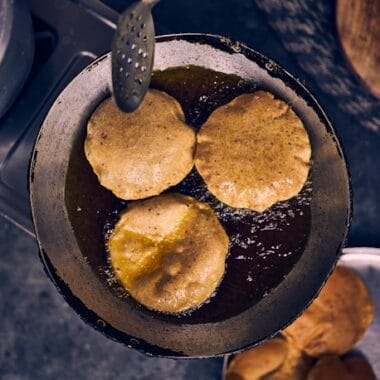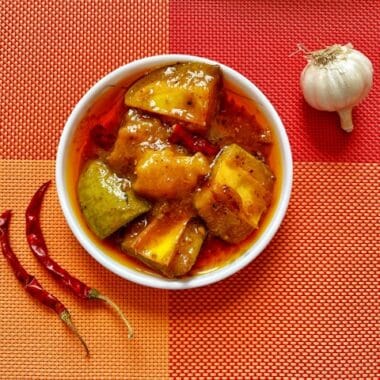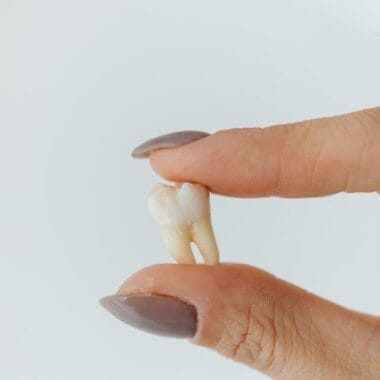Cold pressed oils are valued for their purity, nutritional benefits, and natural flavours. The extraction of these oils is a meticulous process that preserves the integrity of the seeds or nuts from which they are derived. Unlike refined oils, cold pressed oils are produced without the use of high heat or chemical solvents, ensuring that their beneficial compounds remain intact. In this comprehensive blog, we will delve into the various processes used to extract cold pressed oils, the types of seeds and nuts used, and the benefits of each method.
Introduction to Cold Pressed Oils
Cold pressed oils, also known as virgin or extra-virgin oils, are extracted using mechanical processes that maintain temperatures below 35°C (95°F). This method preserves the natural nutrients, antioxidants, and flavour compounds found in the source material. The resulting oils are unrefined, unbleached, and unadulterated, making them a popular choice for health-conscious consumers.
Types of Seeds and Nuts Used in Cold Pressed Oil Extraction
Cold pressed oils can be extracted from a variety of seeds and nuts, each offering unique health benefits and culinary uses. Some of the most common sources include:
- Olive: Olive oil is one of the most popular cold pressed oils, known for its rich flavour and high levels of monounsaturated fats and antioxidants.
- Coconut: Cold pressed coconut oil retains its natural aroma and is rich in medium-chain triglycerides (MCTs), which are beneficial for metabolism and energy.
- Sesame: Sesame oil is prized for its nutty flavour and high levels of polyunsaturated fats and antioxidants.
- Flaxseed: Flaxseed oil is high in omega-3 fatty acids, making it a popular choice for heart health and inflammation reduction.
- Almond: Almond oil is known for its mild flavour and is rich in vitamins E and K.
- Sunflower: Sunflower oil is high in vitamin E and has a light flavour, making it suitable for various culinary applications.
Traditional Cold Pressing Methods
The traditional cold pressing method has been used for thousands of years to extract oils from seeds and nuts. This method relies on mechanical pressure to extract the oil without generating excessive heat. The key steps in the traditional cold pressing process include:
- Cleaning and Drying: The seeds or nuts are thoroughly cleaned to remove any dirt, debris, or foreign materials. They are then dried to reduce moisture content, which can affect the quality of the oil.
- Crushing or Grinding: The cleaned seeds or nuts are crushed or ground into a coarse paste using a mortar and pestle, roller mill, or grinder. This step helps to break down the cell walls and release the oil.
- Pressing: The paste is placed in a press, where it is subjected to mechanical pressure to extract the oil. Traditional presses include manual wooden presses, screw presses, and hydraulic presses. The pressure applied must be carefully controlled to ensure that the temperature does not exceed 35°C.
- Filtering: The extracted oil is filtered to remove any solid particles or impurities. This can be done using cheesecloth, fine mesh sieves, or modern filtration systems.
- Bottling: The filtered oil is then bottled and stored in a cool, dark place to preserve its freshness and nutritional properties.
Modern Cold Pressing Methods
While traditional methods are still used, modern cold pressing techniques have been developed to improve efficiency and yield while maintaining the integrity of the oil. These methods often involve more advanced equipment and technology. Key modern cold pressing methods include:
- Screw Pressing (Expeller Pressing): Screw pressing is a widely used method in modern cold pressing. In this process, the seeds or nuts are fed into a screw press, which consists of a helical screw rotating inside a cylindrical chamber. As the material moves through the chamber, it is subjected to increasing pressure, forcing the oil to be expelled. The temperature is carefully monitored to ensure it remains below 35°C. Screw presses are efficient and can handle a large volume of material, making them suitable for commercial production.
- Hydraulic Pressing: Hydraulic presses use hydraulic pressure to extract oil from seeds and nuts. The material is placed in a hydraulic press chamber and subjected to high pressure, which forces the oil out. This method allows for precise control of pressure and temperature, ensuring that the oil remains cold pressed. Hydraulic presses are often used for high-quality, small-batch oil production.
- Centrifugal Pressing: Centrifugal pressing involves the use of a centrifuge to separate the oil from the solid components of the seeds or nuts. The material is placed in a centrifuge, which spins at high speeds to create a centrifugal force that separates the oil from the solids. This method is highly efficient and allows for the extraction of oil without the application of heat. Centrifugal presses are commonly used in the production of olive oil and other high-value oils.
Factors Affecting the Quality of Cold Pressed Oils
Several factors can influence the quality of cold pressed oils, including the type of seed or nut, the pressing method, and the conditions under which the oil is extracted and stored. Key factors to consider include:
- Seed or Nut Quality: The quality of the raw material is crucial in determining the quality of the cold pressed oil. Fresh, high-quality seeds or nuts that are free from contaminants and have a low moisture content will yield the best oil. It is important to source raw materials from reputable suppliers and ensure they are properly cleaned and dried before pressing.
- Pressing Conditions: The temperature and pressure applied during the pressing process can significantly affect the quality of the oil. Maintaining a low temperature (below 35°C) and applying gentle, consistent pressure will help preserve the oil’s natural nutrients and flavour compounds. Overheating or excessive pressure can degrade the oil and reduce its nutritional value.
- Filtration and Storage: Proper filtration and storage are essential to maintaining the quality of cold pressed oils. The oil should be filtered to remove any solid particles or impurities that could affect its taste and shelf life. Once filtered, the oil should be stored in a cool, dark place in airtight containers to prevent oxidation and rancidity.
Benefits of Cold Pressed Oils
The meticulous extraction process of cold pressed oils results in a product that retains its natural goodness and offers numerous health benefits. Some of the key benefits of cold pressed oils include:
- Nutrient Preservation: Cold pressed oils retain the natural vitamins, minerals, and antioxidants found in the seeds or nuts. These nutrients are essential for overall health and well-being, and are often lost in the refining process used for conventional oils.
- Rich Flavour and Aroma: The gentle extraction process preserves the natural flavour and aroma compounds in the oil, resulting in a product that enhances the taste of food. Cold pressed oils add depth and complexity to dishes, making them a favourite among chefs and food enthusiasts.
- Health Benefits: Cold pressed oils are rich in healthy fats, including monounsaturated and polyunsaturated fats, which are beneficial for heart health. They also contain essential fatty acids, such as omega-3 and omega-6, which support brain function, reduce inflammation, and promote skin health. The antioxidants in cold pressed oils help protect the body from oxidative stress and may reduce the risk of chronic diseases.
- Chemical-Free: The cold pressing process does not involve the use of chemical solvents, additives, or preservatives, resulting in a pure and natural product. This makes cold pressed oils a safer and healthier option for those looking to avoid chemicals in their diet.
Culinary Uses of Cold Pressed Oils
Cold pressed oils are versatile and can be used in a variety of culinary applications. Some common uses include:
- Salad Dressings and Marinades: Cold pressed oils, such as olive oil and sesame oil, are excellent for making salad dressings and marinades. Their rich flavour enhances the taste of fresh vegetables and proteins.
- Cooking and Sautéing: Cold pressed oils can be used for light cooking and sautéing. Oils like coconut oil and sunflower oil have a relatively high smoke point, making them suitable for these methods.
- Baking: Cold pressed oils can be used in baking to add moisture and flavour to cakes, cookies, and bread. Almond oil and coconut oil are popular choices for baked goods.
- Dipping and Drizzling: Cold pressed oils make excellent dipping oils for bread and drizzling over finished dishes. They add a burst of flavour to soups, pasta, and roasted vegetables.
- Skincare and Haircare: In addition to culinary uses, cold pressed oils are also used in natural skincare and haircare products. Their nourishing properties make them ideal for moisturizing the skin and hair.
Conclusion
Cold pressed oils are a valuable addition to a healthy lifestyle, offering a wealth of nutritional benefits and rich, natural flavours. The various processes used to extract these oils, from traditional methods to modern techniques, ensure that the final product retains its integrity and beneficial properties. By understanding the different processes and factors affecting the quality of cold pressed oils, consumers can make informed choices and enjoy the numerous advantages these oils provide.
At Oylar, we are dedicated to producing high-quality cold pressed oils that meet the highest standards of purity and taste. Our commitment to traditional methods and modern advancements ensures that you receive the best possible product. Explore our range of cold pressed oils and experience the difference for yourself.











